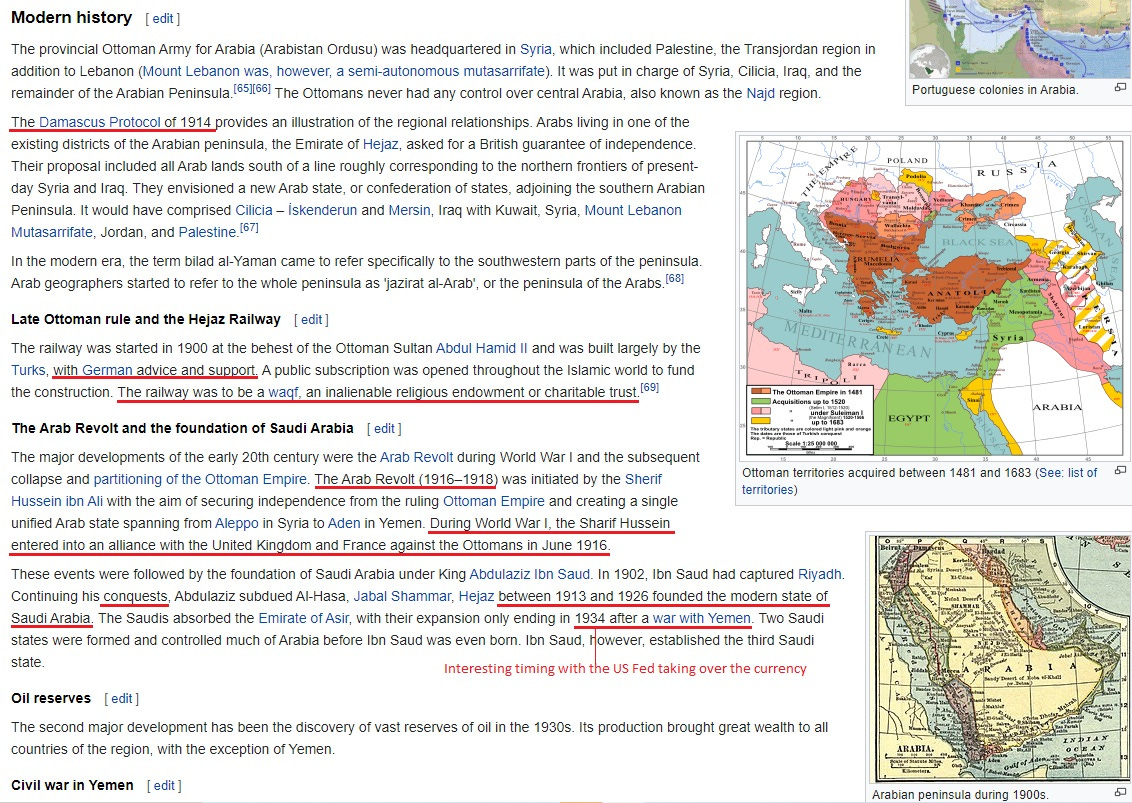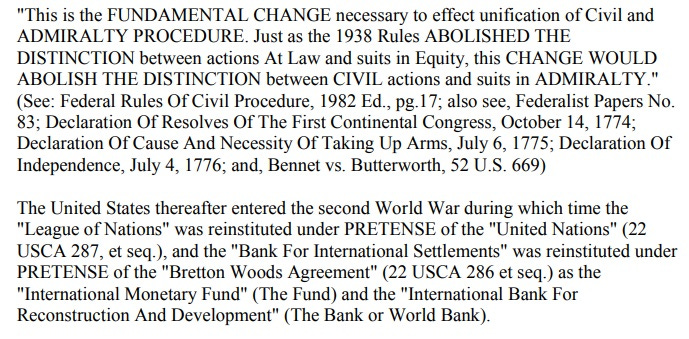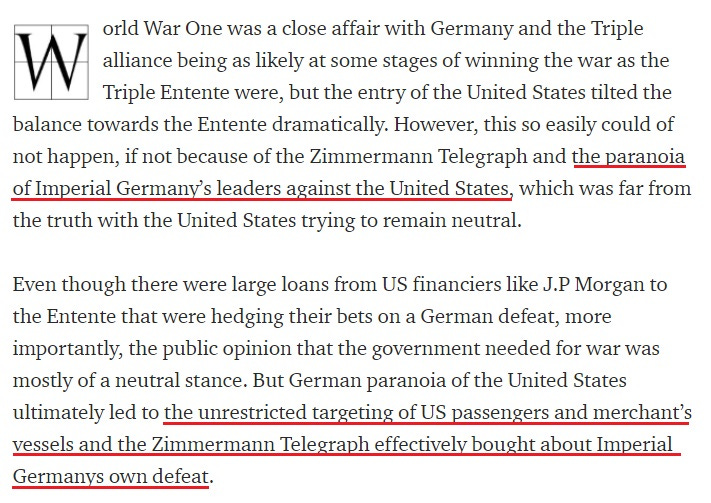Amidst the distraction of WW1 and the Arab Revolt (1916-1918), we see some evidence of German leadership, now controlled by the Kaiser of Prussia, becoming involved with establishing its influence over Saudi Arabia and the conflicts occurring in the middle east and around the world.
The alignment with dates matching the corporatization of major nations in the 1871 – 1917 window and the establishment of the US Federal Reserve Banking System in December 1913 is uncanny and highly unlikely to be accidental.
Note the involvement of the Ottoman Empire in Saudi Arabia, a flurry of local wars, new infrastructure and the installation of charitable trusts.

Again, a series of local wars and pending world wars would distract from the US going into a deeper layer of bankruptcy in mid-1933; an event that would ultimately lead to the Bretton Woods Agreement in 1944. This also led to an increase in power and profile of the United Nations, World Bank and the International Monetary Fund.

This change also was noted as the fundamental change necessary to unify “Civil and Admiralty Procedure”. This would further relegate the inalienable human rights understood by the Equity Courts, deeper into history.
There is not much doubt anymore that wars and global financial ‘transitions’ are related. The extent of coordination going on the background remains open to speculation, however there is a growing awareness that this invisible hand has a pattern of infiltration and then destruction from within. Here is another example where the Prince of Prussia (Prince of Orange) was placed into the head of Imperial Germany’s leadership in 1871 only to instil paranoia in WW1 that would lead to Germany’s own defeat. This pattern of operating is a long-established Prussian tactic.

